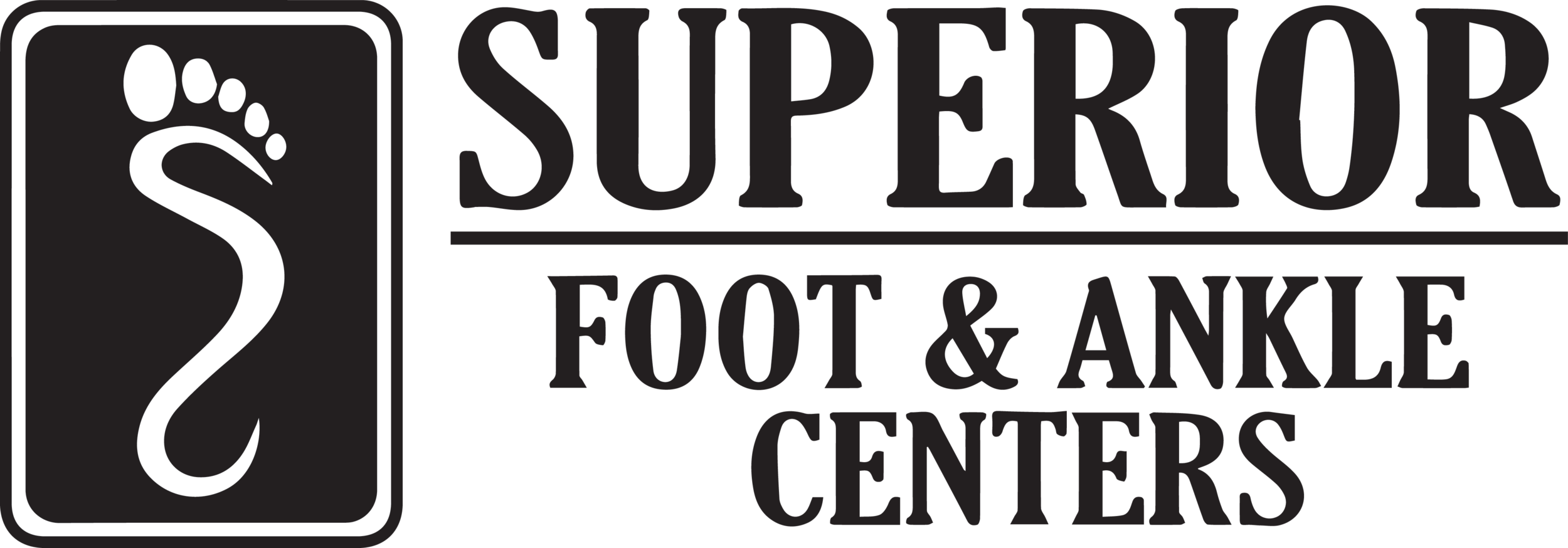Foot Drop Makes Walking Dangerous
Walking is a complex act. So many different structures are involved in putting one foot in front of the other. It’s an unconscious process, performed almost carelessly. Unless a person has problems walking, in which case, this is an entirely different conversation.
Our ability to ambulate is one of the key components of quality of life measures. Walking is the best form of exercise for most seniors. But what if ambulation is dangerous? This is the experience of those with the diagnosis of a drop foot. Any illness or injury which leads to impaired function of the muscle in the front of your shin region can result in a foot drop. It occurs when the tibialis anterior muscle does not function properly. This muscle is essential in lifting your foot up in the swing phase of gait. This is the part of the gait cycle where the other foot is on the ground while the affected limb is swinging through the air prior to contacting the supporting surface.
A drop foot condition can be produced by weakness, irritation or damage to any of the nerves innervating the muscles in the front of the lower leg. Probably the most commonly injured is the peroneal nerve which passes over the outside of the lower part of the knee.
Any disease leading to weakness of muscles can also cause foot drop, like any of the muscular dystrophies, Lou Gehrig’s disease (ALS, amyotrophic lateral sclerosis), or polio. Included would be a traumatic injury which impacts the peroneal nerve, like a sports injury, hip or knee surgery, or a cast on the lower leg. paralysis of this muscle, the tibialis anterior, is usually a symptom of a greater problem, not a disease in itself.
A stroke can obviously result in paralysis of certain muscles. Other neurologic conditions can lead to foot drop as well. Some possibilities include cerebral palsy, multiple sclerosis or Charcot-Marie-Tooth disease.
This muscle is pulling the foot up towards the leg during this part of gait. Those experiencing foot drop are often unable to fully lift their leg or foot while taking a step forward, making it easy to catch the toes or foot on the floor. Many falls have occurred because of this condition.
Any problem altering gait will typically elicit some compensatory mechanism for this situation, with a steppage gait being a common one. There is exaggerated bending of the hip and knee, which helps to prevent the foot from dropping, and therefore tripping the individual. This gait pattern is easily recognizable in people with a drop foot.
Nerves have limited healing abilities, with fewer options when nerve death has occurred. Braces are available for this problem, with some both lightweight, slim and effective. Physical therapy is routinely employed, and can sometimes improve some of the gait problems associated.
Difficulties with mobility are a common issue, expected with the dramatic increase in the aging population. But gait disorders lead to a loss of personal freedom and can result in injuries and falls. Foot drop can result in a marked reduction in quality of life. This is a condition that should not go untreated. Newer bracing designs can be comfortable and effective, and greatly reduce the possibility of suffering a fall and can go a long way to helping someone regain their independence.
By Dr. Conway McLean, DABFAS, FAPWHc, FAMIFAS
